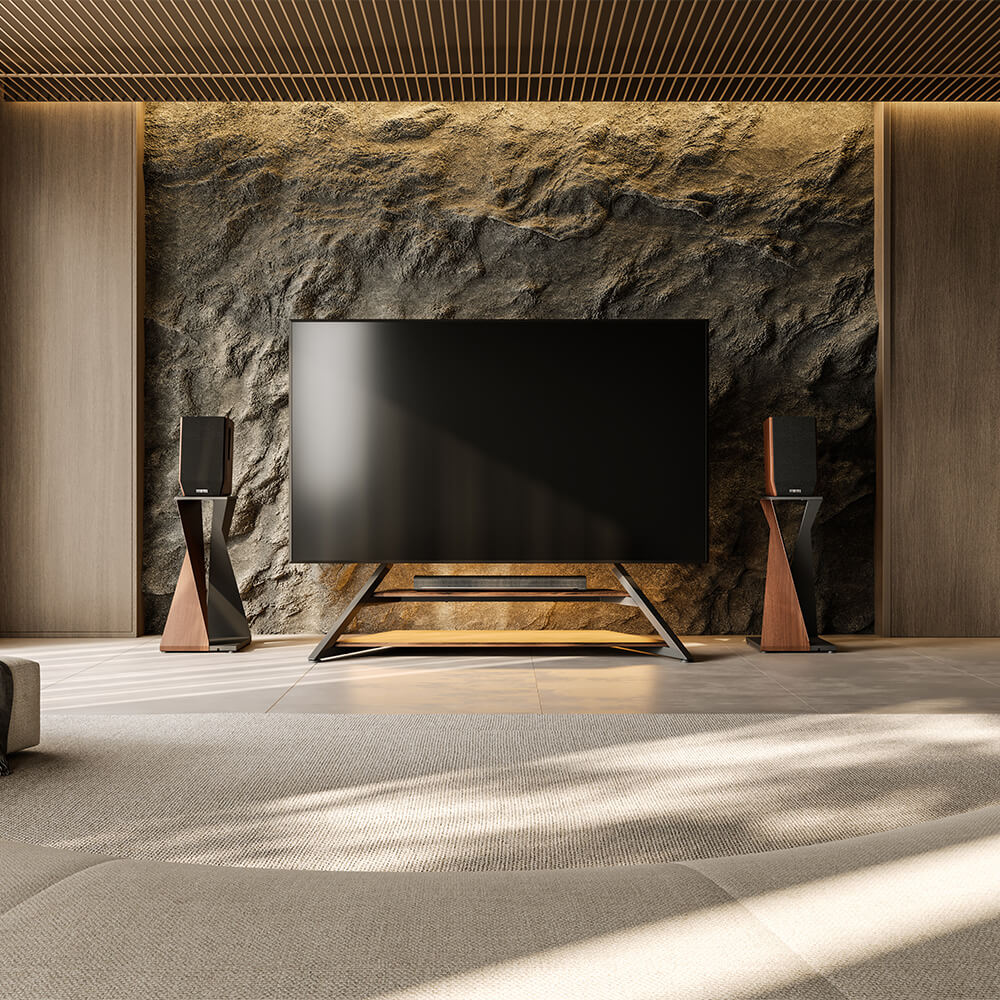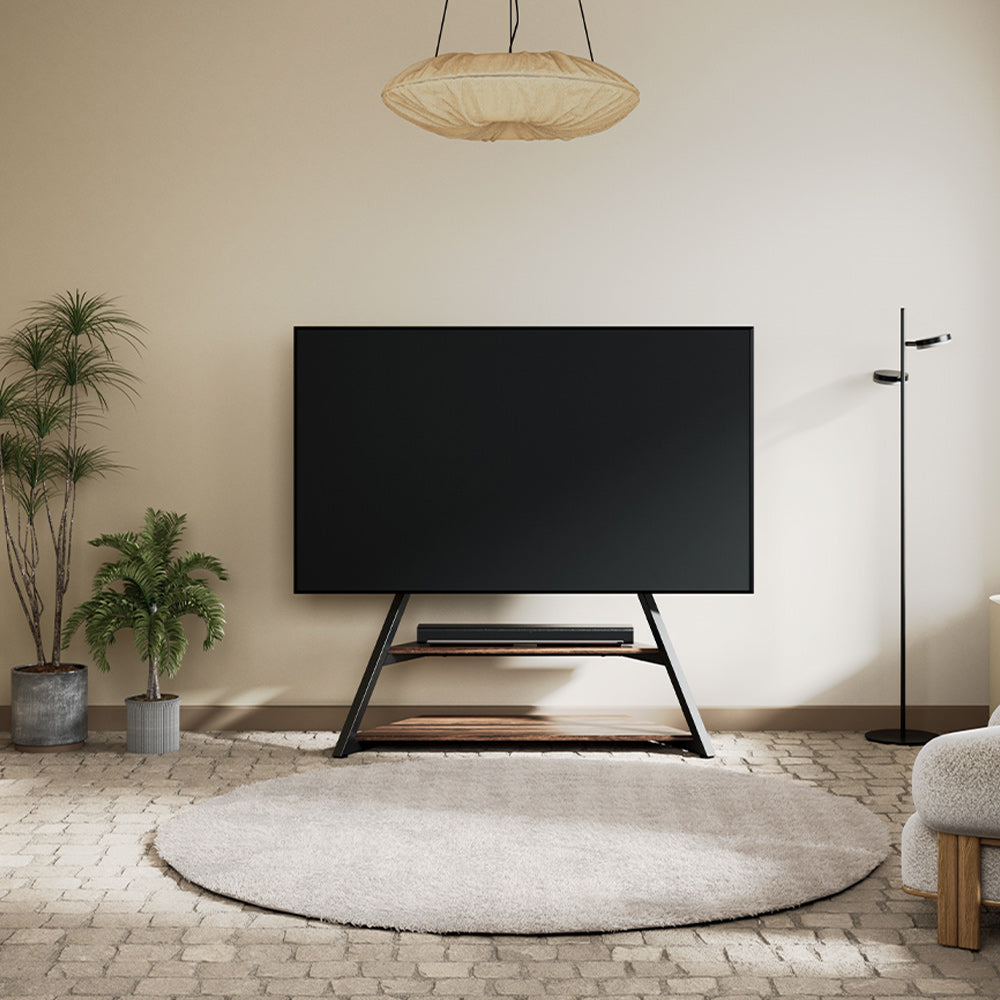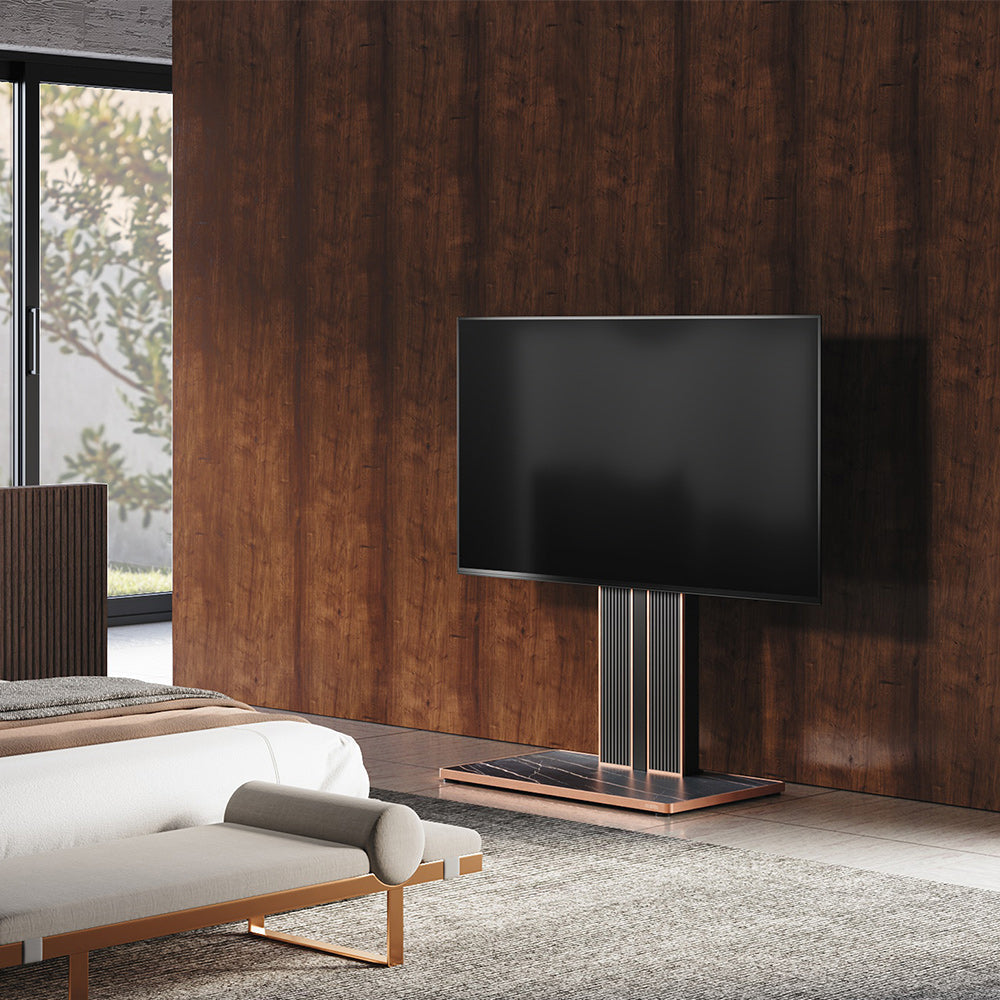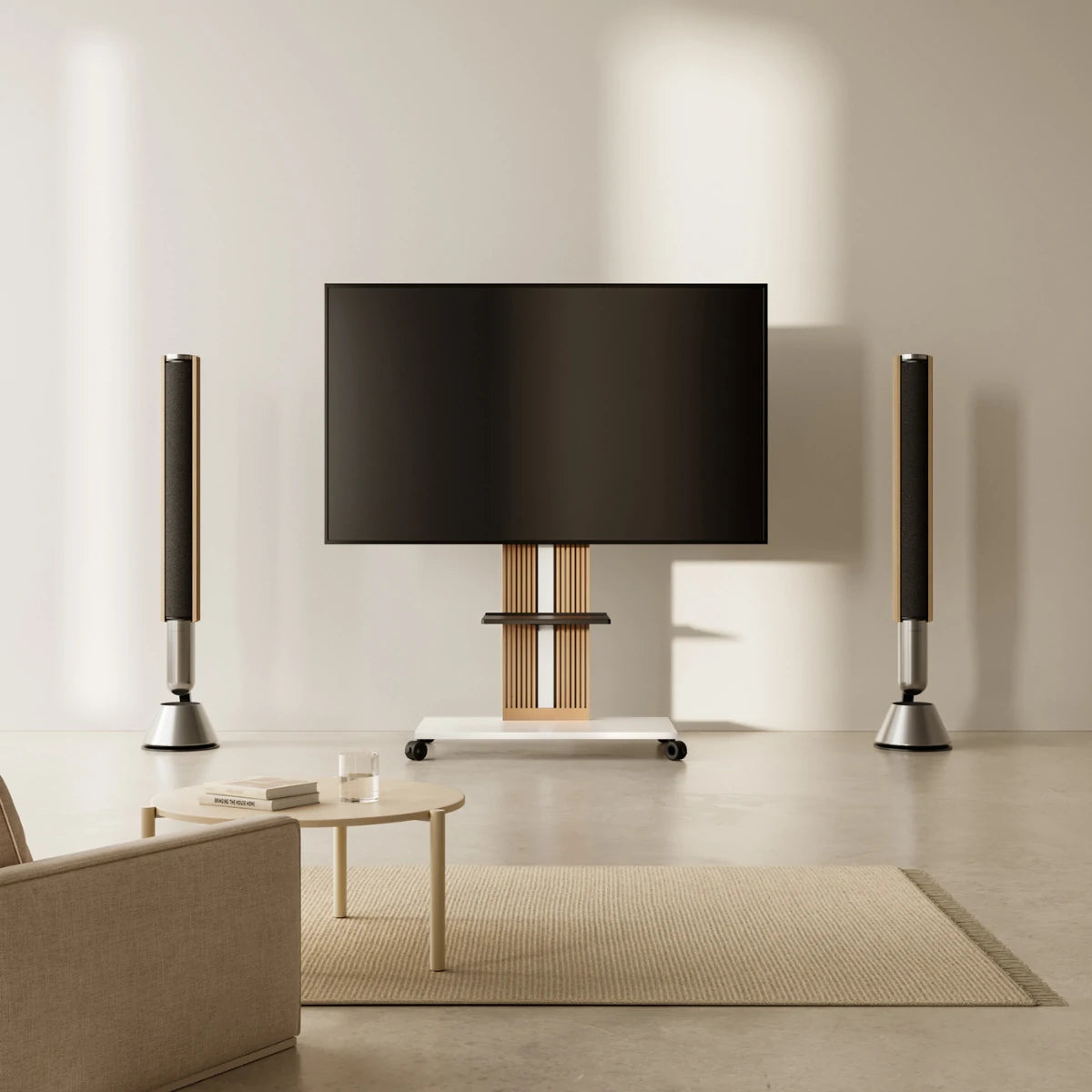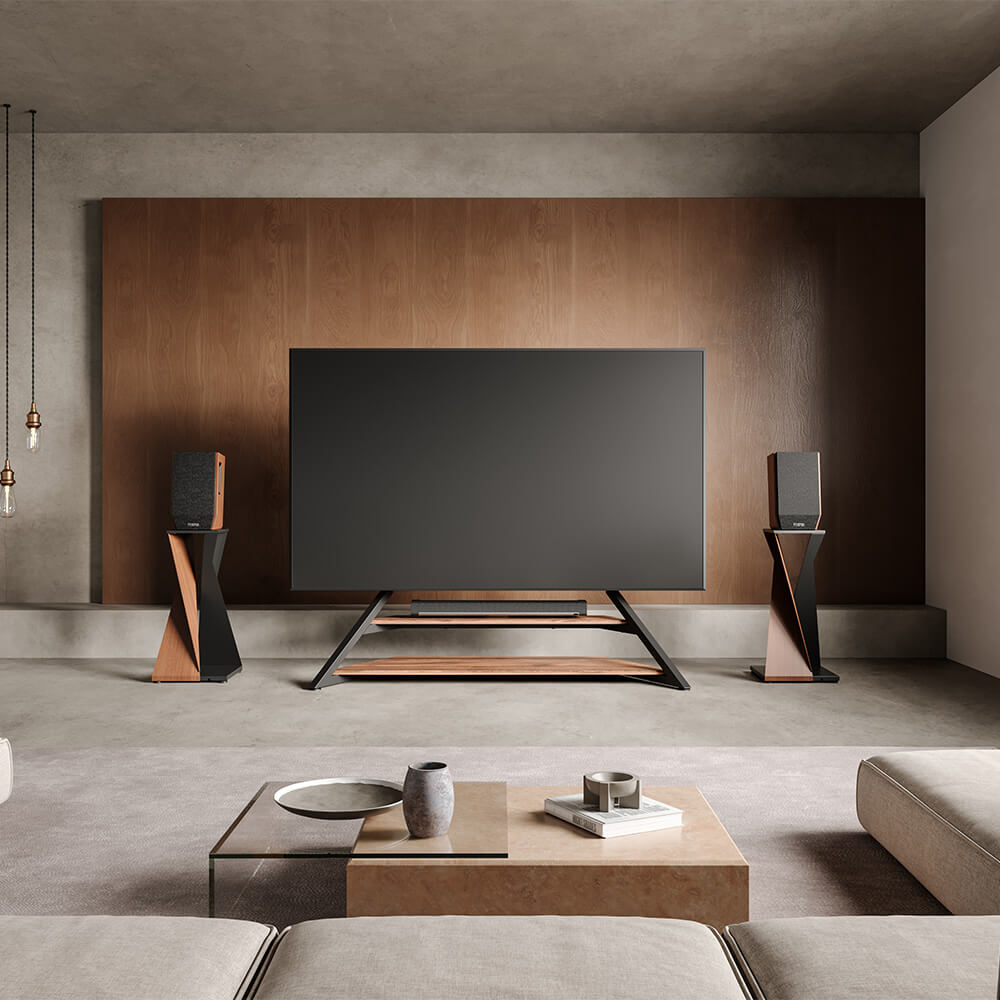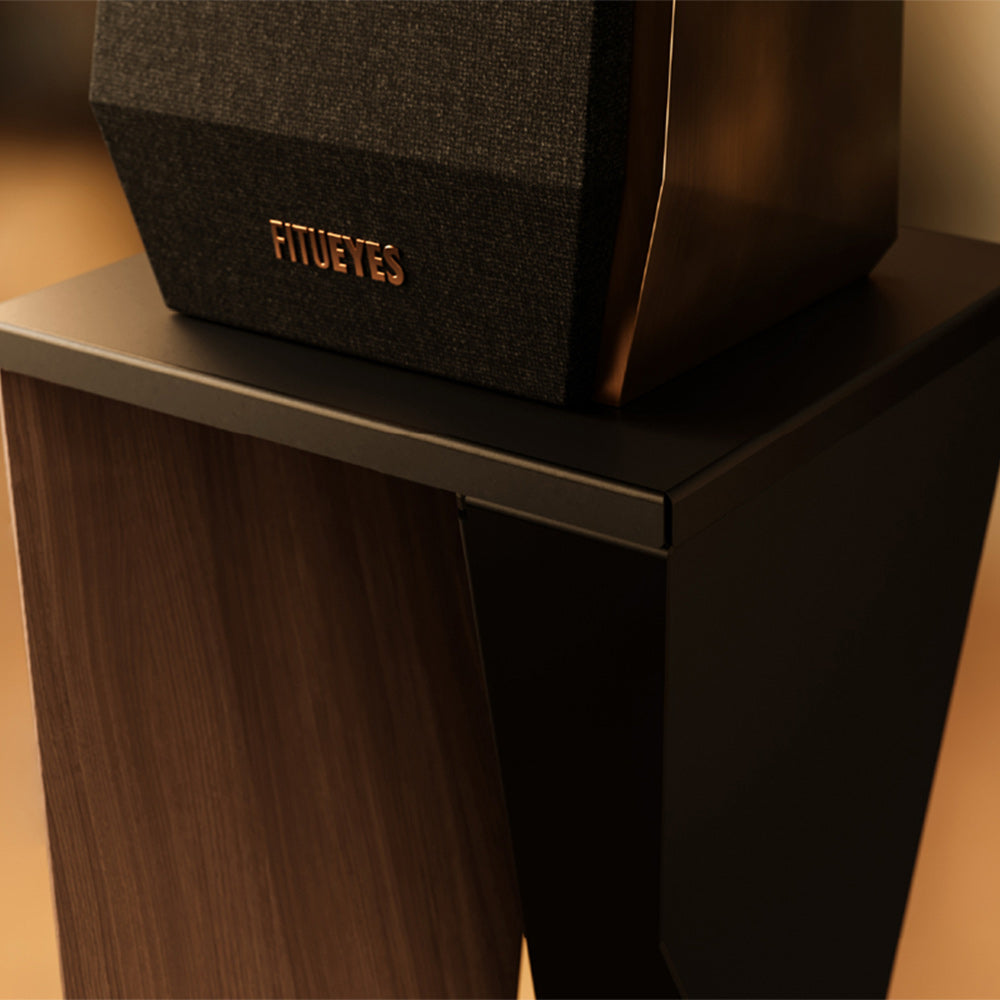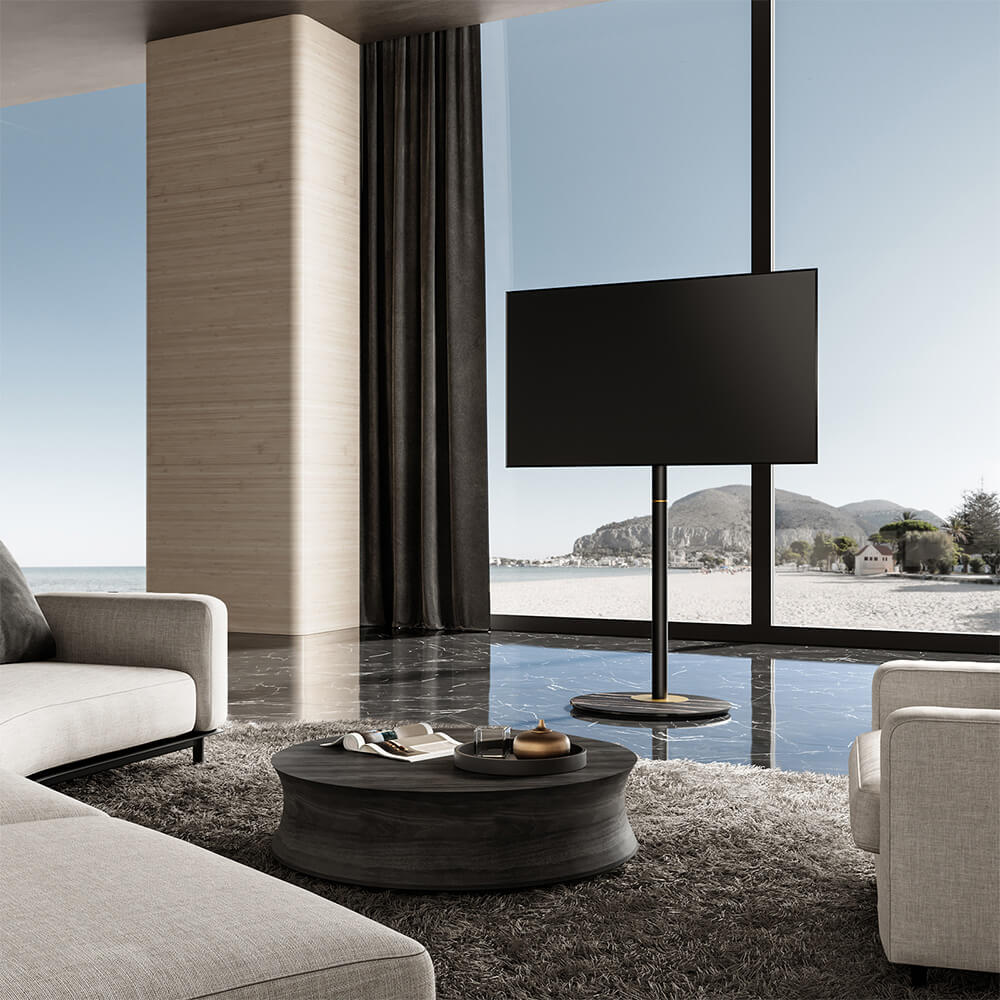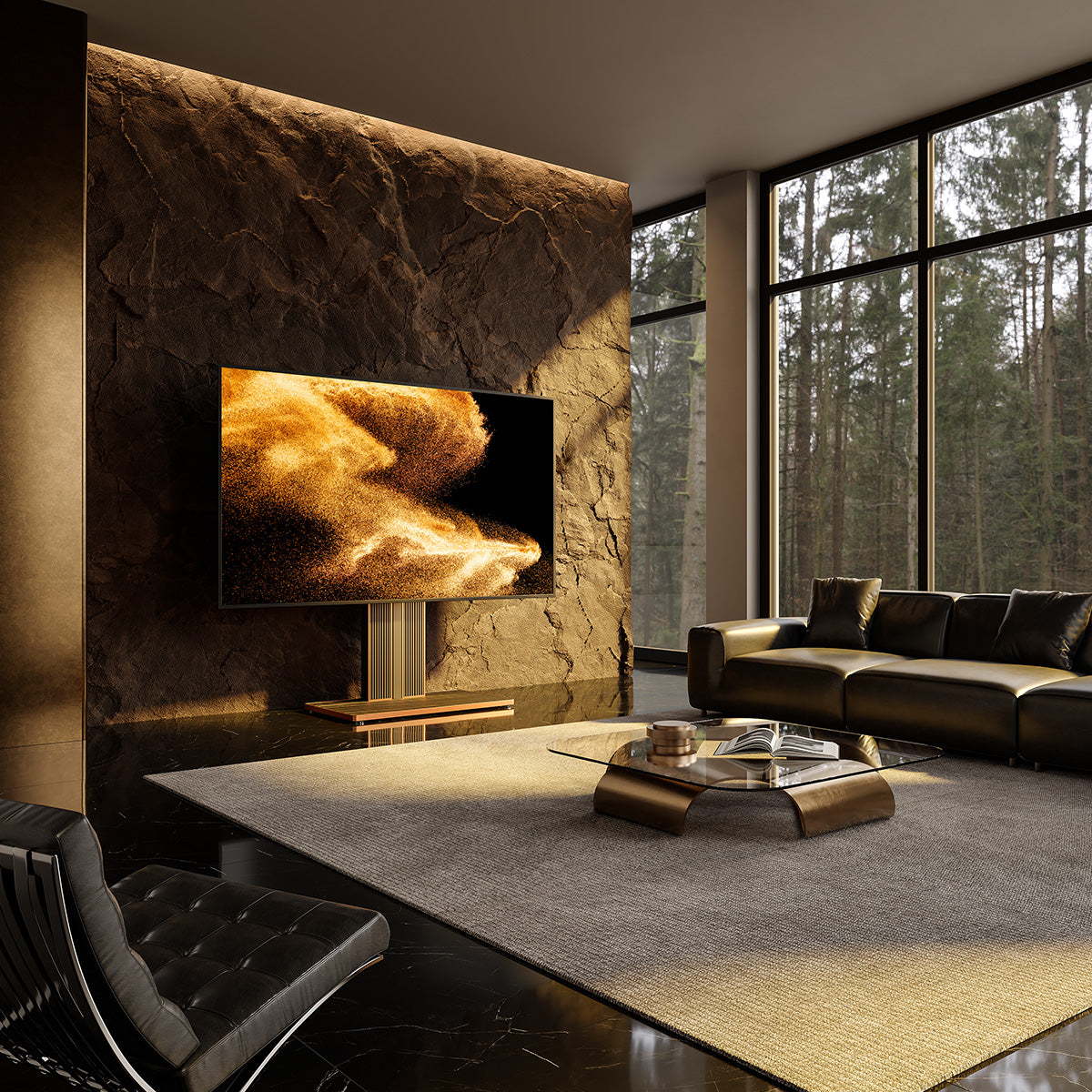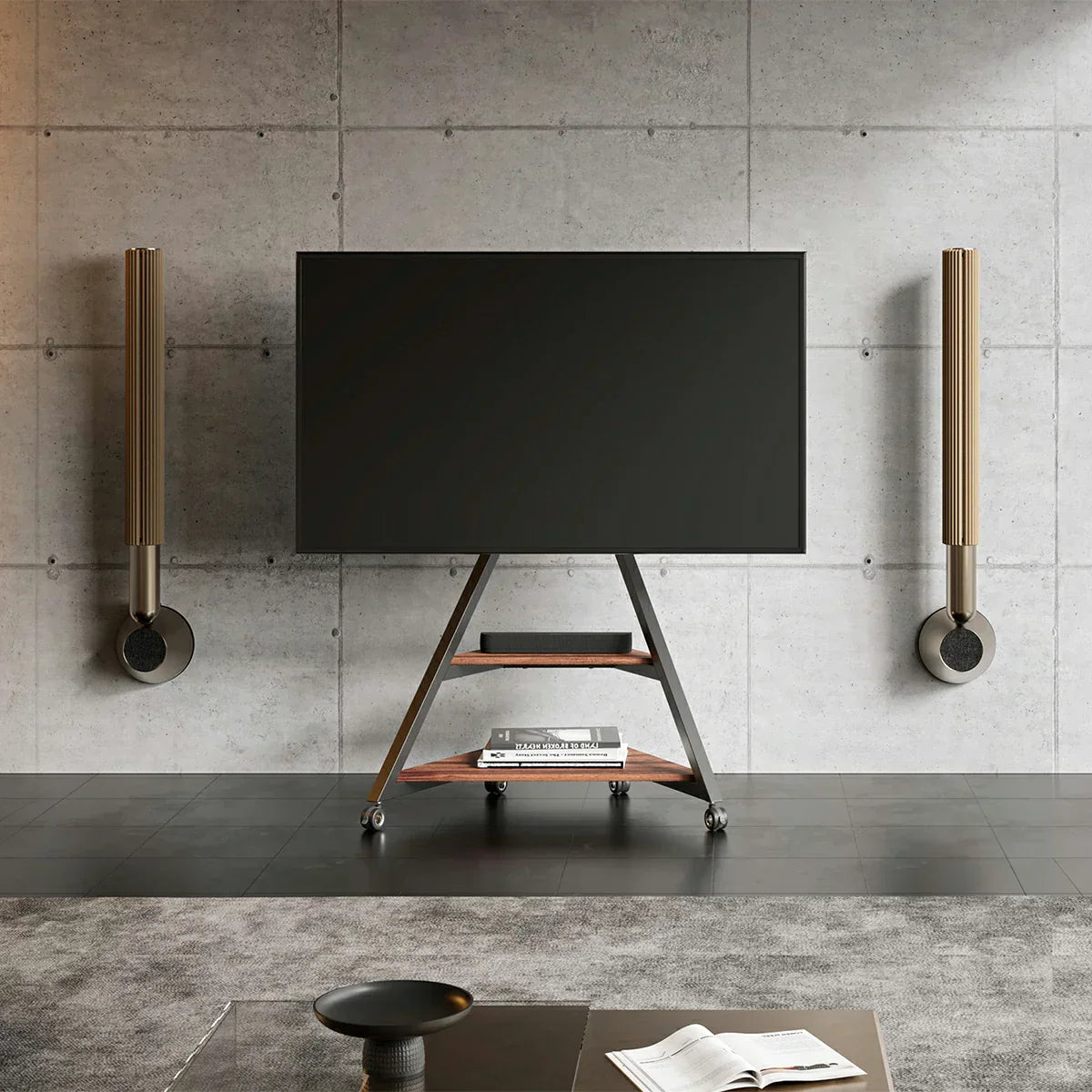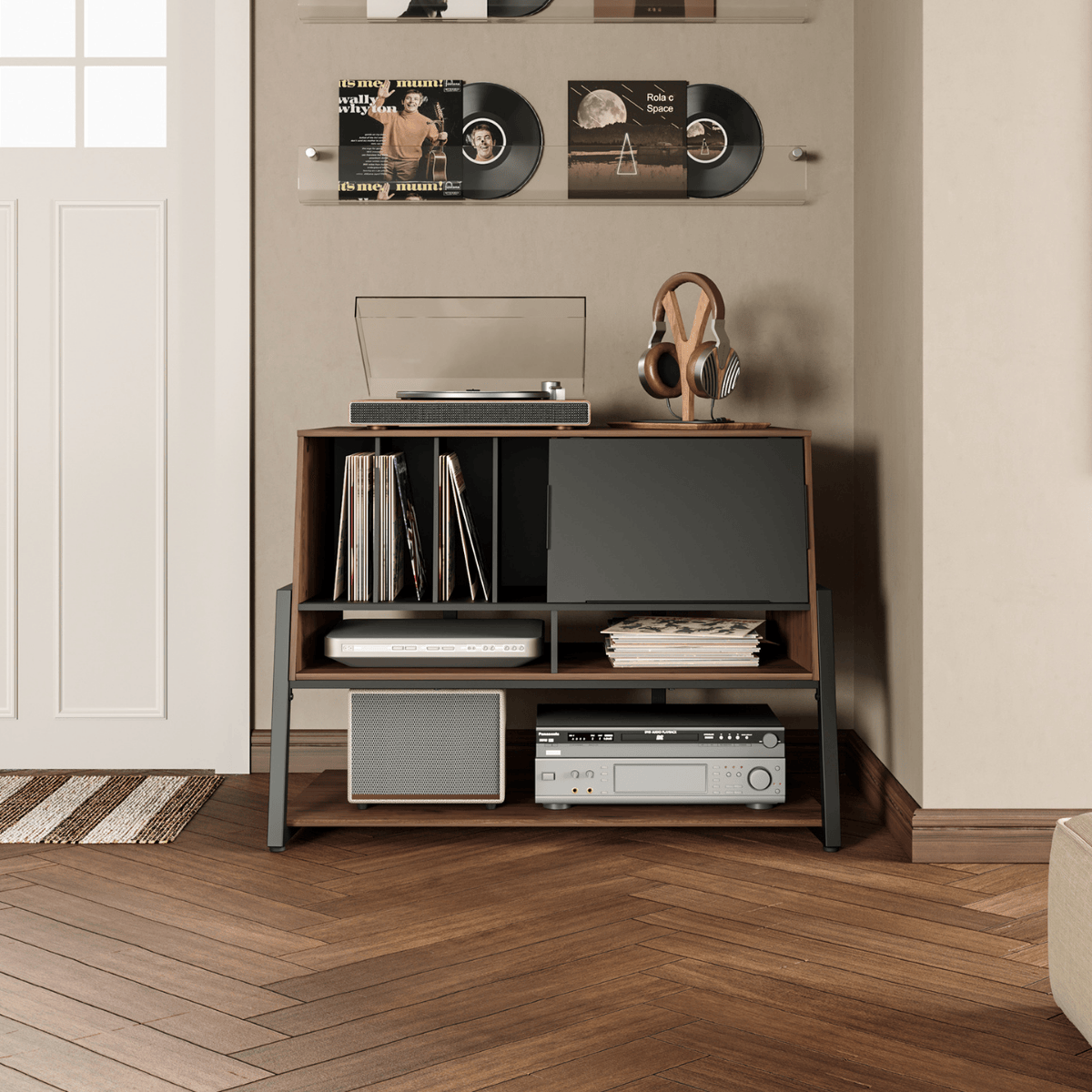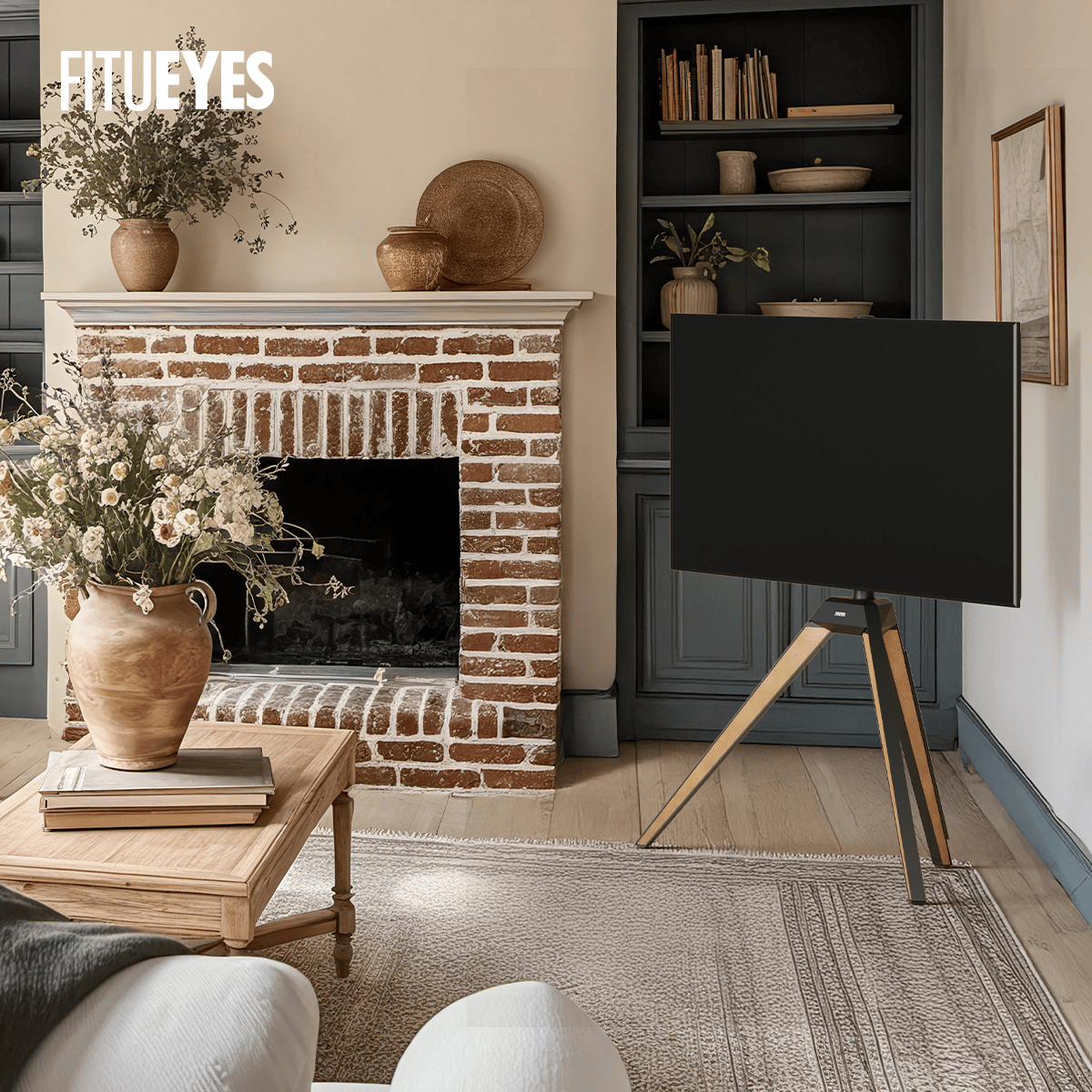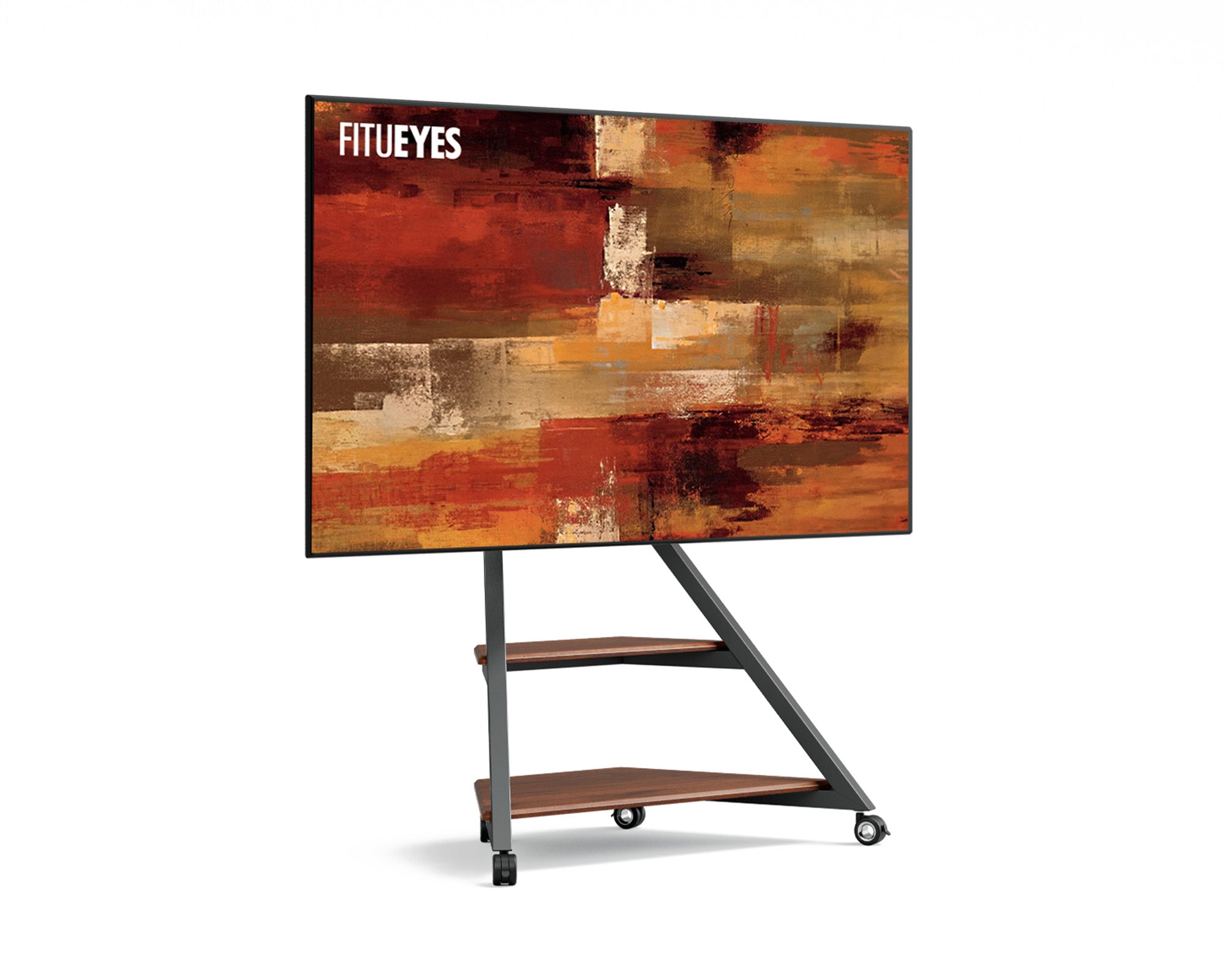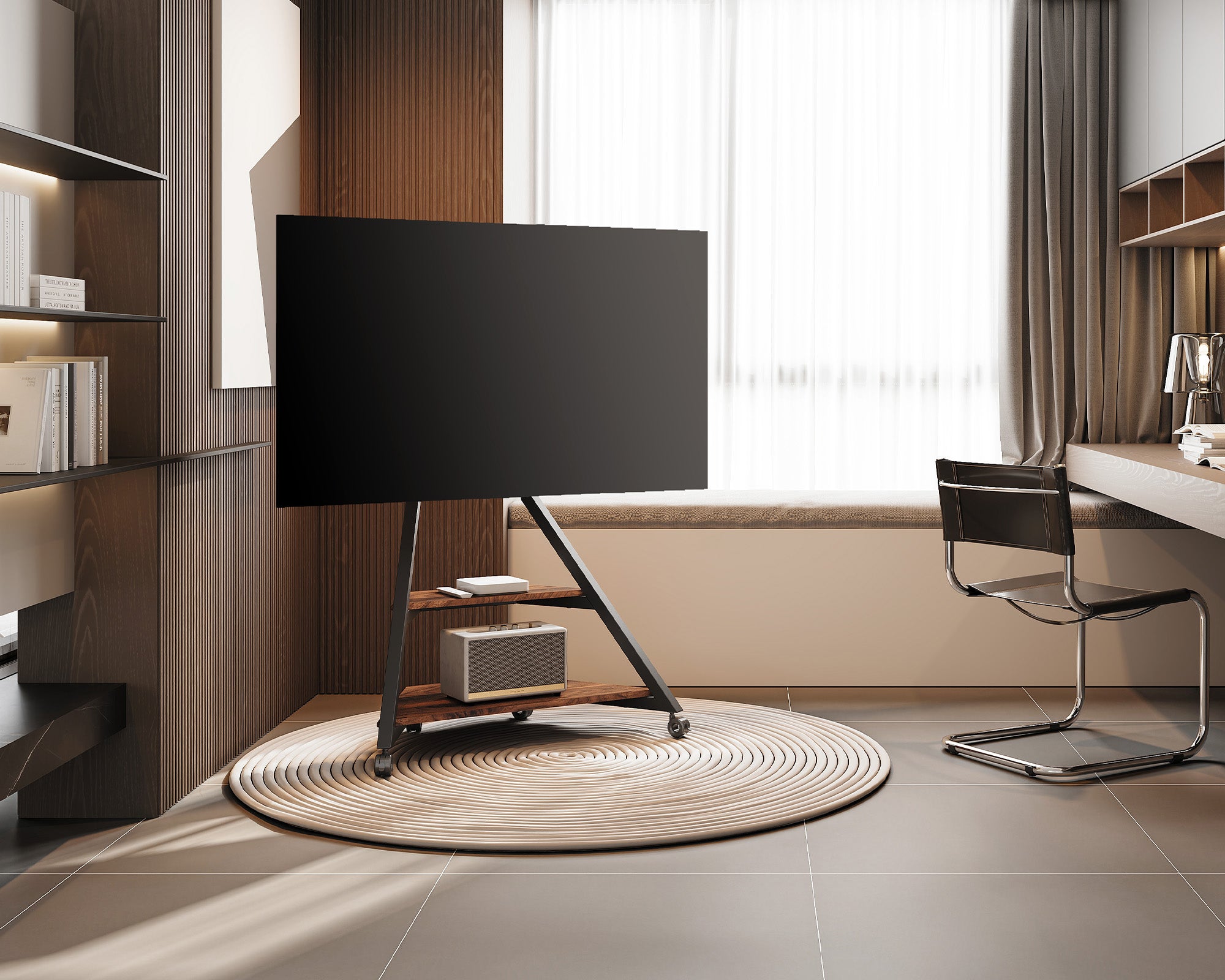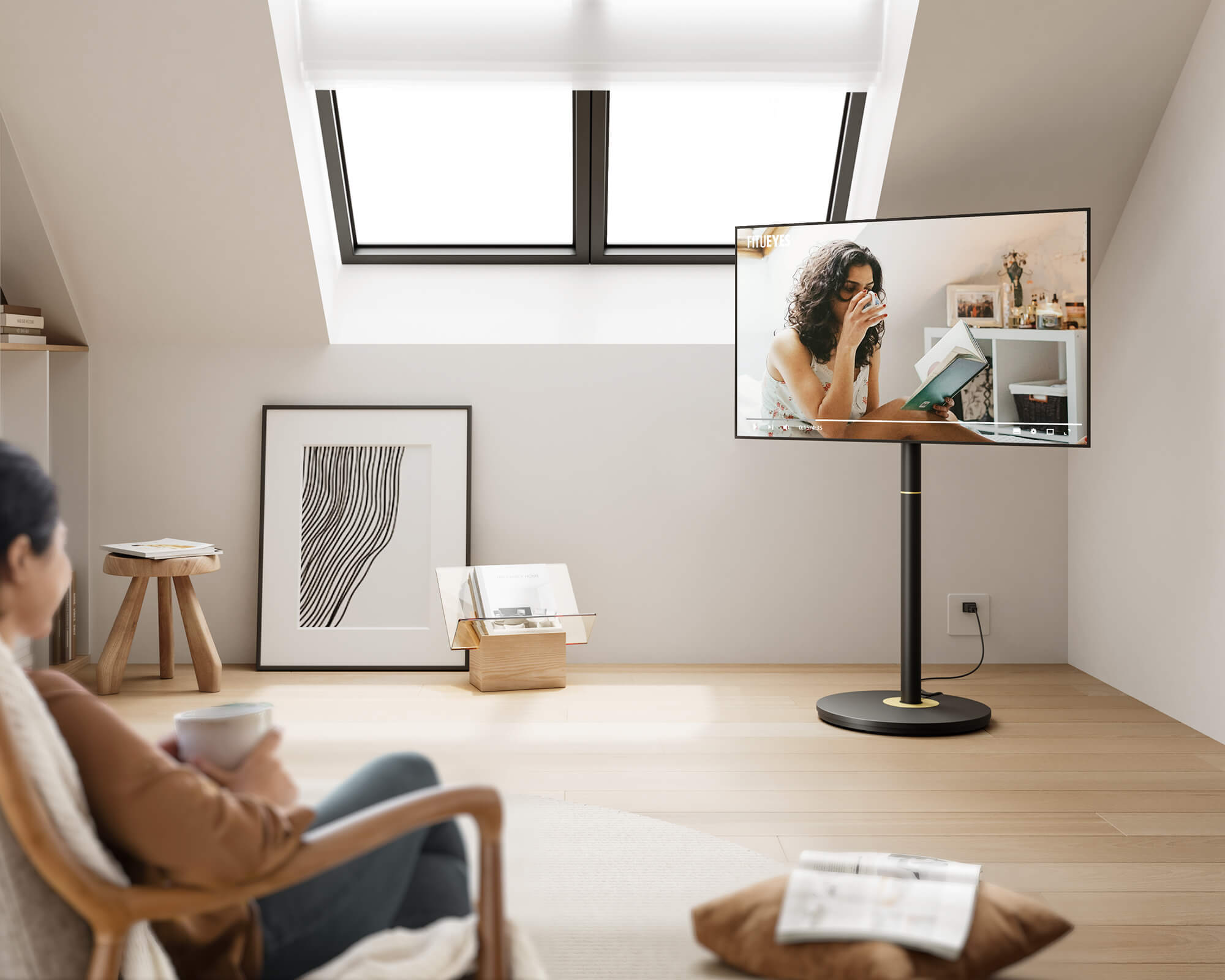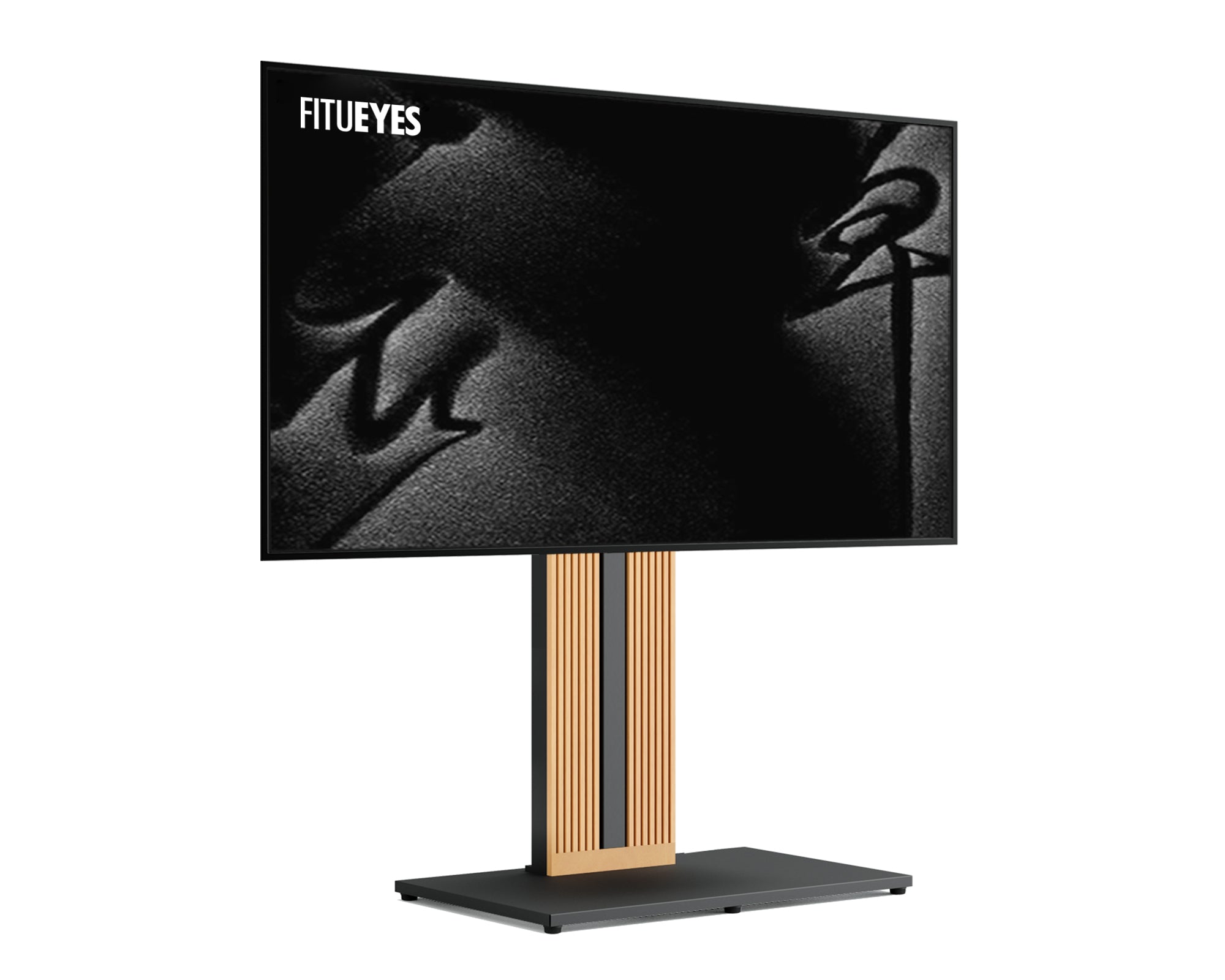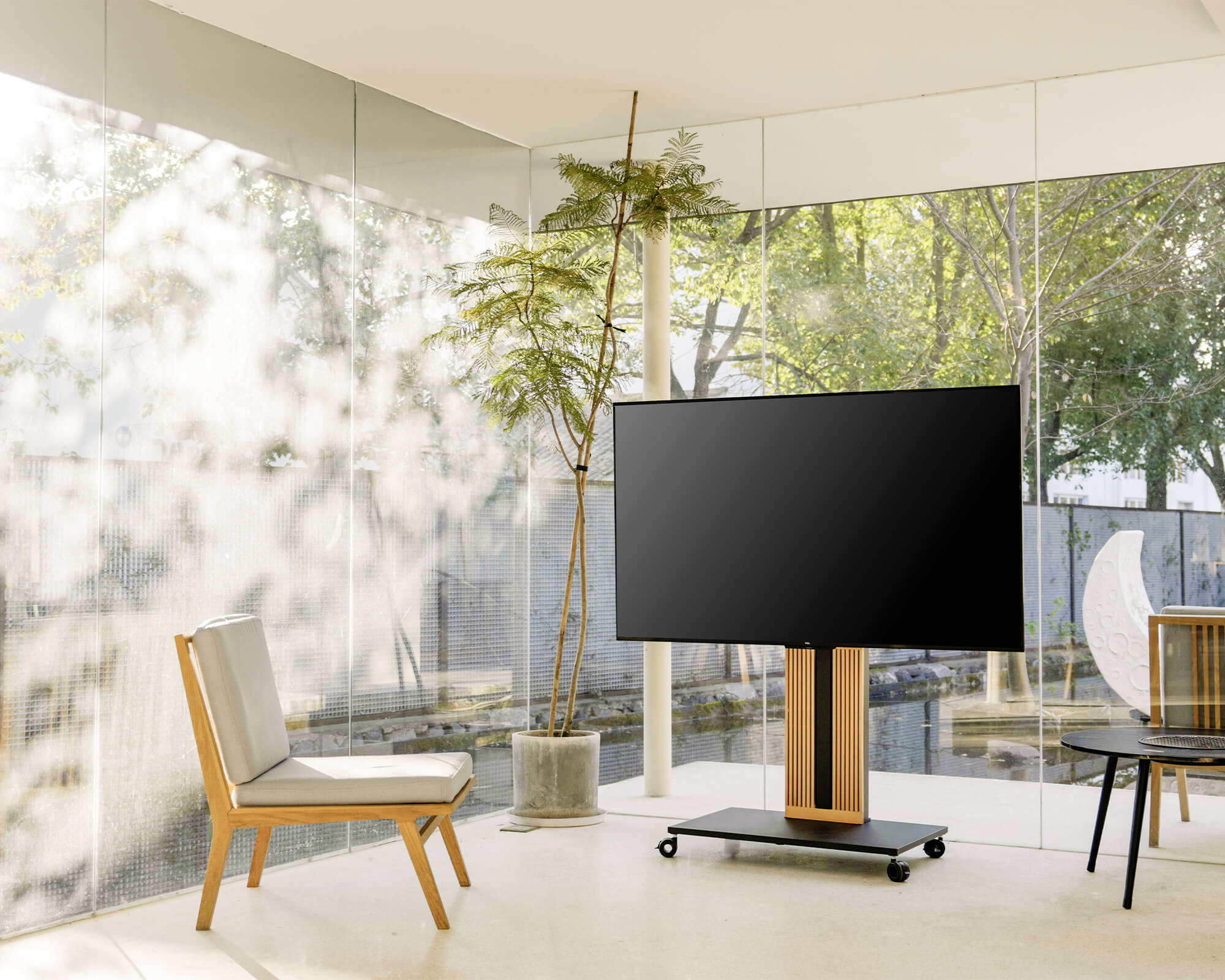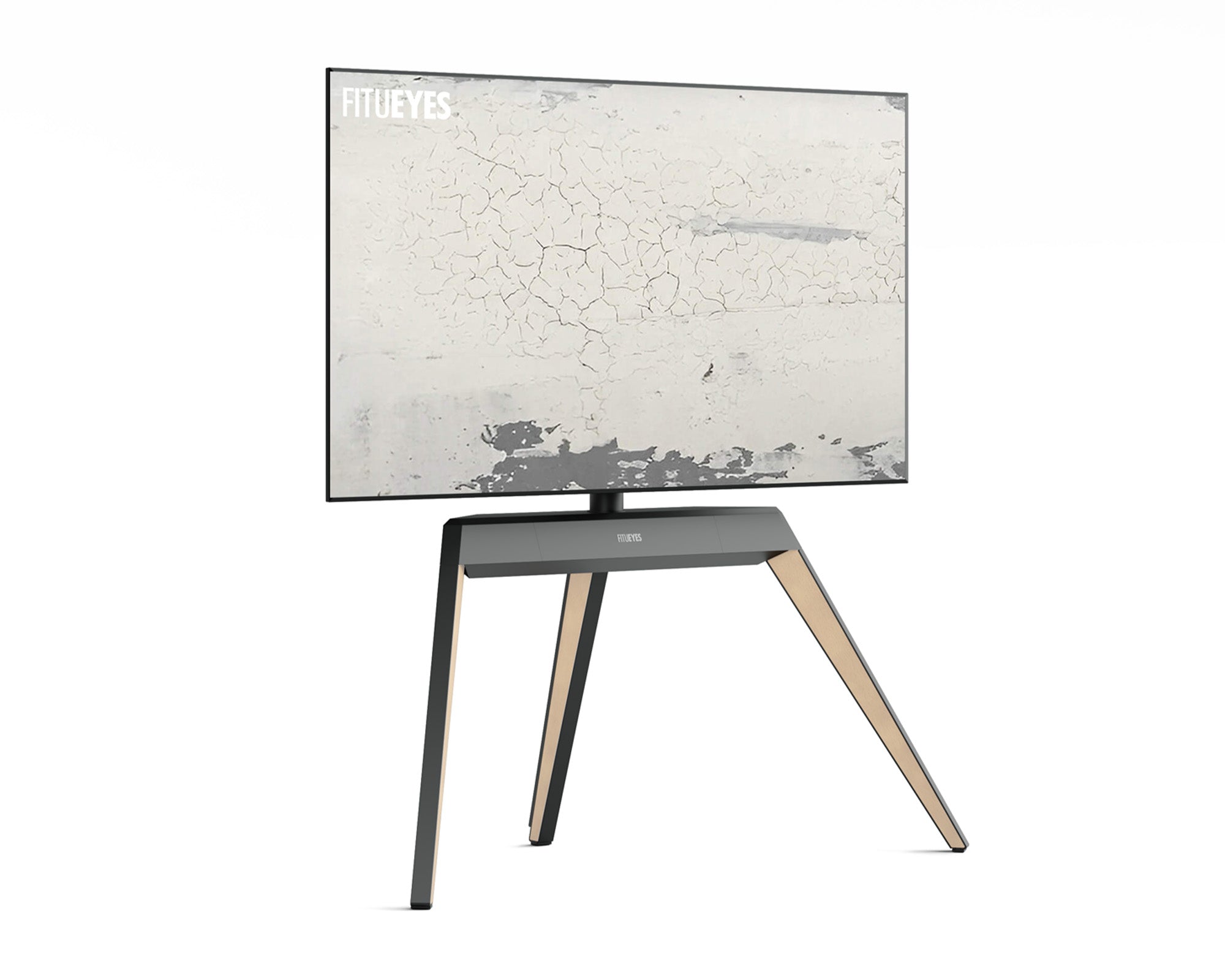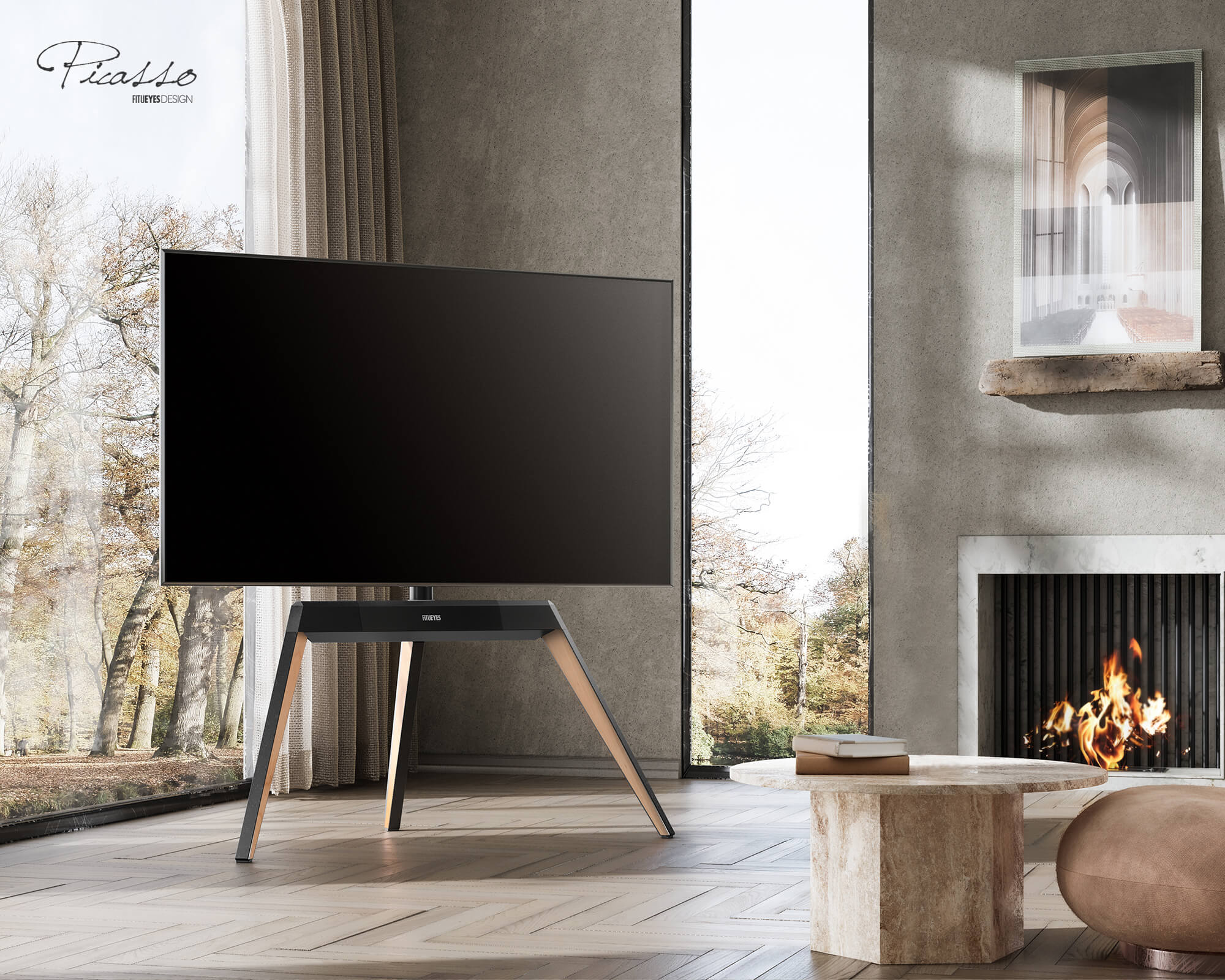Choosing between a TV stand and a TV cabinet ultimately depends on your room size, style preferences, and storage needs. If you have a larger room and need versatile storage options, a TV stand might be the better choice, as it provides open shelving and space for other devices. On the other hand, if you're working with a smaller space or prefer a sleek, modern look, a TV cabinet can offer enclosed storage while saving floor space. This article will guide you through the key differences and help you make an informed decision based on your specific requirements.
TV Stand vs. TV Cabinet: Understanding the Key Differences
TV Stand: Functionality and Design
A TV stand is typically an open, low-profile piece of furniture designed to hold your TV and other electronic devices. TV stands are ideal for modern, minimalist setups that emphasize simplicity and accessibility. They offer:
-
Open storage for easy access to devices such as gaming consoles, DVD players, and remote controls.
-
Compact design, which works well in smaller spaces or rooms with a more open layout.
TV Cabinet: Functionality and Design
A TV cabinet, on the other hand, is a more substantial piece of furniture, often with doors or drawers to conceal your media equipment. It is perfect for those who prefer a more organized and traditional look. Key features include:
-
Enclosed storage that keeps devices and accessories out of sight, providing a cleaner, more organized appearance.
-
Larger footprint, making it better suited for bigger rooms or spaces that can accommodate more bulkier furniture.

Visual Comparison:
|
Feature |
TV Stand |
TV Cabinet |
|
Storage Type |
Open Shelves, Minimalist |
Enclosed, More Storage |
|
Aesthetic |
Modern, Sleek, Open |
Traditional, Classic, Elegant |
|
Size |
Compact, Best for Smaller Rooms |
Larger, Best for Bigger Spaces |
|
Access to Devices |
Easy Access |
Devices Hidden/Concealed |
Related Reading: How to Choose the Right TV Stand: Top Tips for Your Space?
Size and Fit: Choosing the Right Dimensions
Measure Your Space and TV
One of the most critical factors when deciding between a TV stand and a TV cabinet is ensuring the unit fits your room and your TV's size. Here are a few tips for measuring:
- TV Stand: Make sure the stand is at least 2–3 inches wider than your TV to ensure stability. For example, if your TV is 55 inches, look for a stand that’s around 60 inches wide.
- TV Cabinet: Measure the width and height of your room before purchasing. A TV cabinet requires more space, so make sure it will fit without overwhelming the room.
Tip: For larger TVs (e.g., 65 inches and above), choose furniture with a higher weight capacity and larger dimensions to prevent tipping or instability.
Room Layout Considerations
-
Small Rooms: If you’re working with limited space, a TV stand is usually the better option as it’s more compact and flexible.
-
Larger Rooms: A TV cabinet offers more storage and can fill the space, providing a traditional aesthetic. Make sure it doesn't block the view or crowd the space.
Visual Aid: Consider using a floor plan app or tape measure to visualize the furniture dimensions before making your final decision.

Aesthetic Appeal: Matching Your Style
TV Stand for Modern and Minimalist Designs
If your home features a contemporary design or open-plan layout, a TV stand is likely the better choice. With its sleek, open look, it complements modern furniture with ease. Materials such as metal, glass, and engineered wood are popular for TV stands, contributing to a clean, uncluttered appearance.
TV Cabinet for Classic and Traditional Spaces
A TV cabinet is perfect for those who prefer a more traditional or rustic vibe. The enclosed storage and often larger structure fit well in more classic, elegant settings. Wooden TV cabinets add warmth and are ideal for complementing vintage furniture.
Product Recommendations:
-
For Modern Designs: Look for metal-frame TV stands or glass TV stands with minimal design. Check out FITUEYES TV Stands for sleek, modern options.
-
For Traditional Styles: Opt for wooden TV cabinets in rustic or classic finishes. Brands like Sauder and IKEA offer elegant pieces with ample storage.
Storage and Organization: Keeping Your Space Tidy
TV Stand: Open Shelving vs. Hidden Storage
-
Open Shelving: If you need quick access to your media devices, a TV stand with open shelving is a great option. It allows easy access to gaming consoles, remotes, and DVDs.
-
Hidden Storage: A TV stand with hidden compartments can keep your living room looking organized and free of clutter while maintaining easy access to devices.
TV Cabinet: Enclosed Storage for a Clean Look
A TV cabinet offers ample storage options, such as drawers, cabinets, and hidden compartments, making it an excellent choice for users who want to store DVDs, gaming consoles, remotes, and other media devices out of sight.
Tip: Look for TV cabinets with cable management systems to keep cords neatly tucked away and out of sight.

Viewing Comfort: Ergonomics Matter
TV Stand: Height for Comfortable Viewing
The ideal height for a TV stand is for the center of the TV screen to be at eye level when seated. Most TV stands range from 24 to 30 inches in height. Ensure the stand suits your seating arrangement to avoid neck strain.
TV Cabinet: Consider the Height
TV cabinets tend to be taller, which can obstruct the viewing angle. If the cabinet is too tall, you may need to adjust your seating or angle to avoid discomfort.
Tip: Always choose furniture that allows the TV to sit comfortably at eye level for optimal viewing.
Budget Considerations: Balancing Cost and Quality
TV Stand: Affordable and Practical
If you're on a budget, a TV stand can provide great functionality without breaking the bank. Look for stands made from MDF or engineered wood for affordable, sturdy options.
TV Cabinet: Investment in Style and Storage
A TV cabinet can be more expensive, especially those made of solid wood or with intricate designs. However, it offers both style and ample storage, making it a great long-term investment for your living room.
Product Comparison:
|
TV Stand Type |
Price Range |
Storage |
Aesthetic |
Ideal For |
|
MDF TV Stand |
$50 - $200 |
Open Shelves |
Modern, Minimal |
Small Rooms, Budget |
|
Wood TV Cabinet |
$200 - $500+ |
Enclosed |
Traditional |
Larger Rooms, Storage |
Tip: Always check the weight capacity, especially if you plan to use your stand or cabinet for larger TVs.

Common Questions Answered
What’s the Difference Between a TV Stand and a TV Cabinet?
-
TV Stand: Typically open, modern, and minimalist with limited storage.
-
TV Cabinet: Offers enclosed storage, suitable for more traditional spaces.
How Do I Choose the Right Size?
Ensure the stand or cabinet is at least 2–3 inches wider than your TV. For cabinets, make sure they can hold your TV and still leave space for devices.
Should I Choose a TV Stand or TV Cabinet Based on My Room Size?
-
Small Rooms: Opt for a TV stand to save space.
-
Large Rooms: Choose a TV cabinet for extra storage and a more polished look.
Can I Mount My TV on the Wall Instead?
If you prefer a wall-mounted TV, consider a low-profile TV console or cabinet for storage. Wall mounting can save space and create a minimalist look, but you’ll still need storage for your devices.
By addressing these key considerations, we hope this guide helps you confidently choose between a TV stand and a TV cabinet. Remember to measure your space, evaluate your storage needs, and select a piece that fits both your style and budget.
Suggested Resources: Visit FITUEYES TV Stands for a wide selection of modern, functional TV stands that cater to different room styles and needs.







